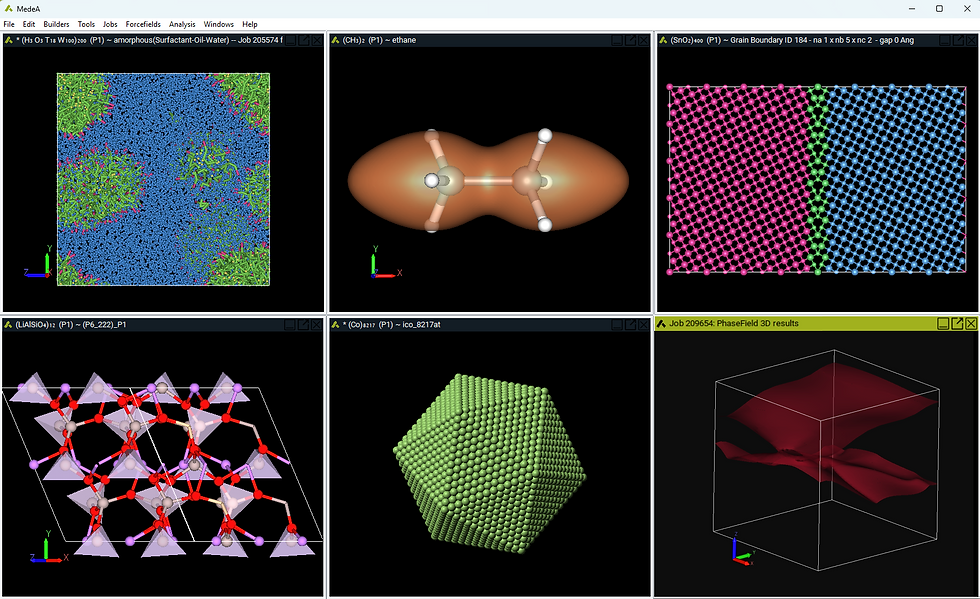Mechanical Properties of Glassy Polymer Blends and Thermosets from Atomistic Simulations
- Katherine Hollingsworth
- Jul 17, 2017
- 2 min read

Dr. David Rigby will be attending the Golden Gate Polymer Forum in Mountain View, CA, on July 26, 2017. David's talk is entitled 'Mechanical Properties of Glassy Polymer Blends and Thermosets from Atomistic Simulations.' Vice chair Len Radzilowski has posted the announcement of the planned polymer modeling talk on the group's website. Here is a link to find out more information about the the event, and to register to attend the talk:
Here is the abstract:
Mechanical Properties of Glassy Polymer Blends and Thermosets from Atomistic Simulations:
Knowledge of the elastic constants of glassy engineering polymers and thermosets is important in a variety of aerospace, automotive, and related engineering applications. Several attempts at using atomistic-level simulations to predict mechanical behavior were made beginning with Theodorou’s work in the mid 1980's and extending through the mid 1990's.
However, widespread use of simulation was impeded by a number of factors such as the limited availability of high accuracy forcefields and by the fact that significant computational resource is required to sample effectively the distribution of molecular packing found in amorphous polymers, either through averaging the computed elastic constants of many smaller models containing a few thousand atoms, or through use of much larger models.
Furthermore, irrespective of the system size and number of independent models studied, there was a lack of attention directed towards relating elastic constant data determined on collections of nanoscopic domains to precise predictions of the elastic constants of bulk macroscopic material. A significant contribution to this data analysis problem was made by Suter and Eichinger in their 2002 paper addressing the question of how to effectively analyze elastic constants computed for multiple independent simulated models, using methods developed earlier by Hill and Walpole for composites.
In view of the improvements in forcefield quality, and development of powerful simulation codes such as LAMMPS, we have attempted to reassess the question of the precision and accuracy with which it is now possible to perform predictions of elastic constants of glassy amorphous polymers.
This presentation will illustrate two aspects of recent research, first addressing the question of precision and accuracy by exploring prediction of the relatively small changes in elastic moduli of the well-known polystyrene-poly(phenylene oxide) miscible blend system that occur as the blend composition is varied. In addition to comparing the predictions with experiment, we examine the sampling of individual independent configurations required to obtain predictions with the necessary precision. The second study continues by focusing on elastic constants of thermosetting amine-cured epoxy resins, created using the MedeA simulation environment, and based on reactants with differing chemical functionalities, which are observed experimentally to possess somewhat different moduli. Selected aspects of crosslinked model building, including gelation and effects of induced unequal reactivity (substitution effect), will be discussed in addition to the mechanical properties of the resulting model thermosets.




Comments